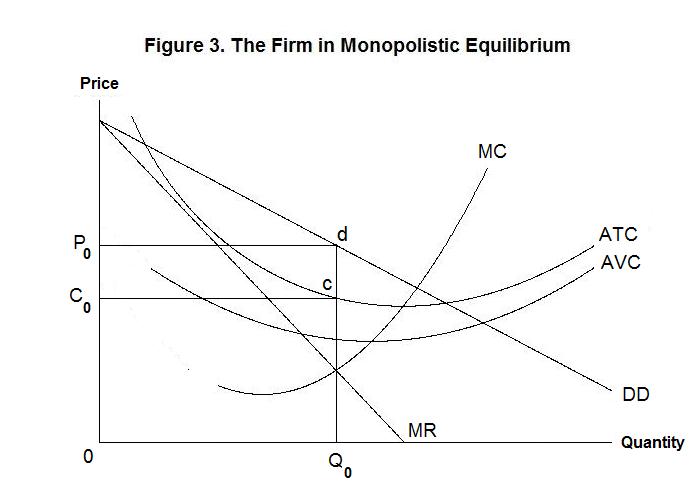
Consider a monopoly producer of a particular airport service or electricity in an economy. Let its returns and costs be given by the figure below.

How should the government regulate this entity in the social interest? What output should be produced?
The firm will produce the output Q0, the last unit of which will yield a return equal to the distance between the quantity axis at that output and point d and which will cost the distance between the quantity axis and point e. Each additional unit of output produced will be worth more than its cost until the point a is reached where price equals marginal cost. The social gain will be the area d e a.
If the government has exact quantitative information about the demand curve and the firm's marginal cost curve, it can force the firm to produce the output indicated by point a. Another option is for the government to buy out the firm and manage it so as to produce the desired output. This latter approach has the problem that the government employees running the firm have no personal financial incentive to do it properly so that the resulting total cost curve may be above the one in the diagram, leading to a waste of resources. To produce the right output, the government employees must correctly calculate the marginal cost of each unit of output and produce the output at which this marginal cost equals the price on the demand curve. The alternative option of simply regulating the privately owned firm by getting it to correctly calculate the marginal cost and produce the output where that marginal cost equals the price will suffer from the problem that the firm will lie about the facts, overstating its estimated marginal cost so as to maintain its output at a lower and more profitable level than the optimal one. If the value of resources wasted by either of these approaches can be expected to be greater than the area d e a, the government should simply let the private firm freely maximize its profits.